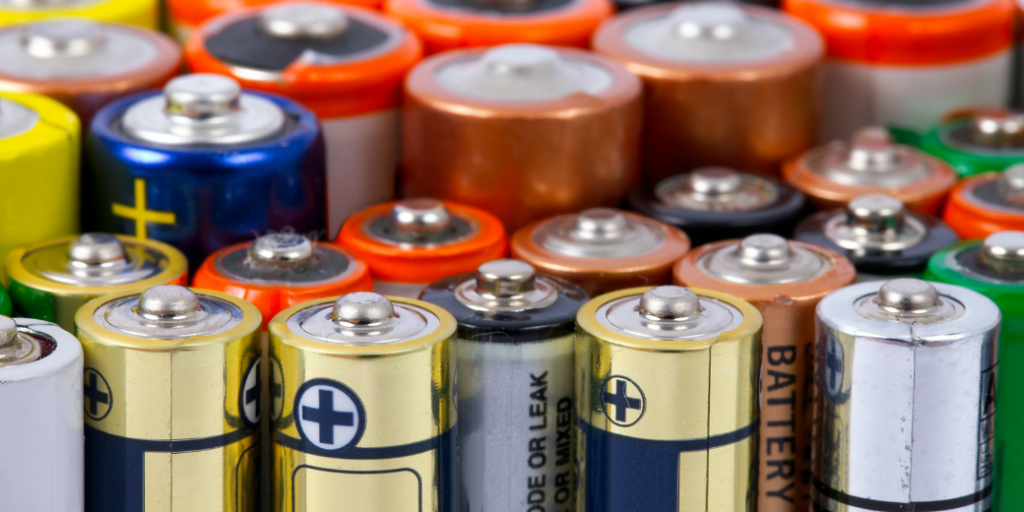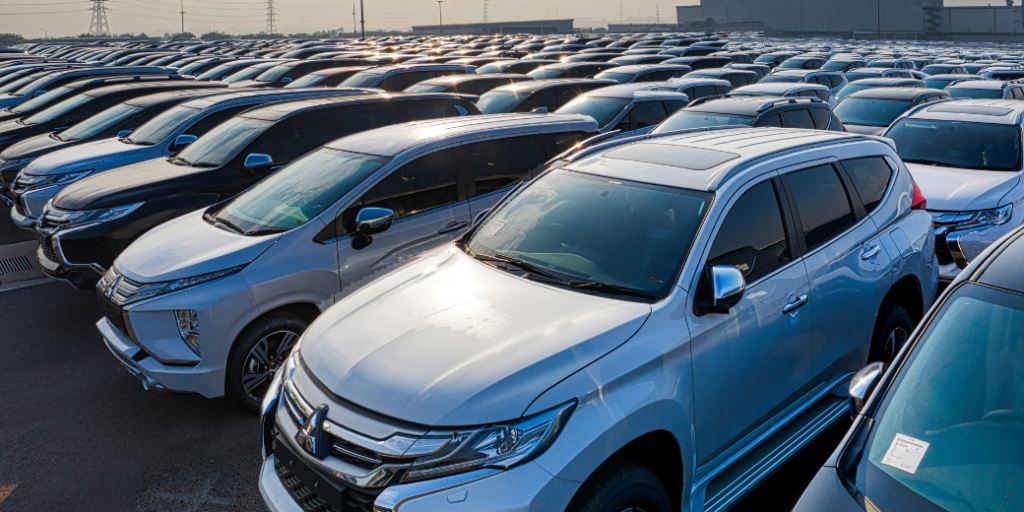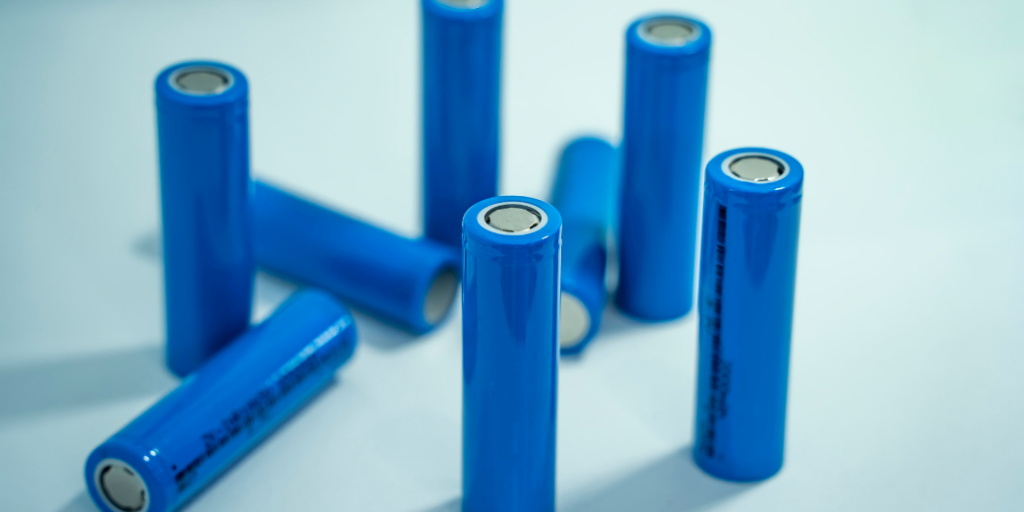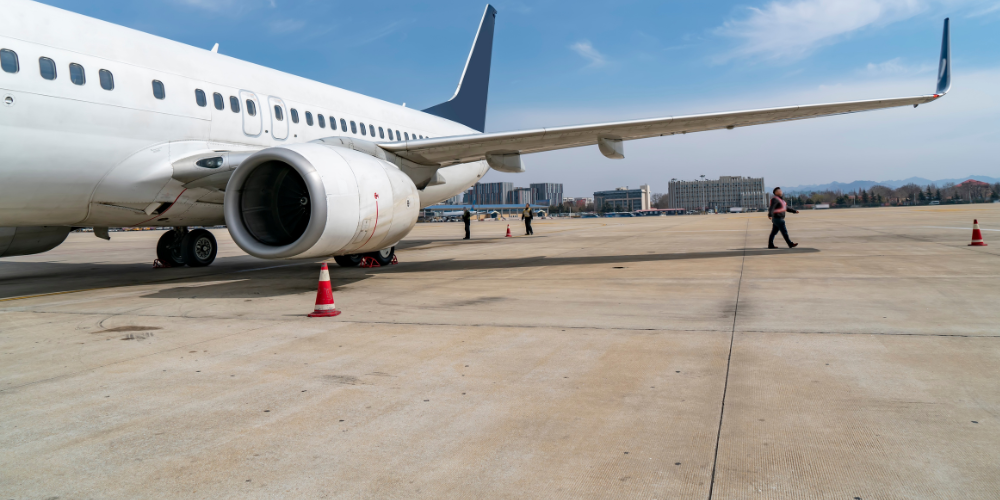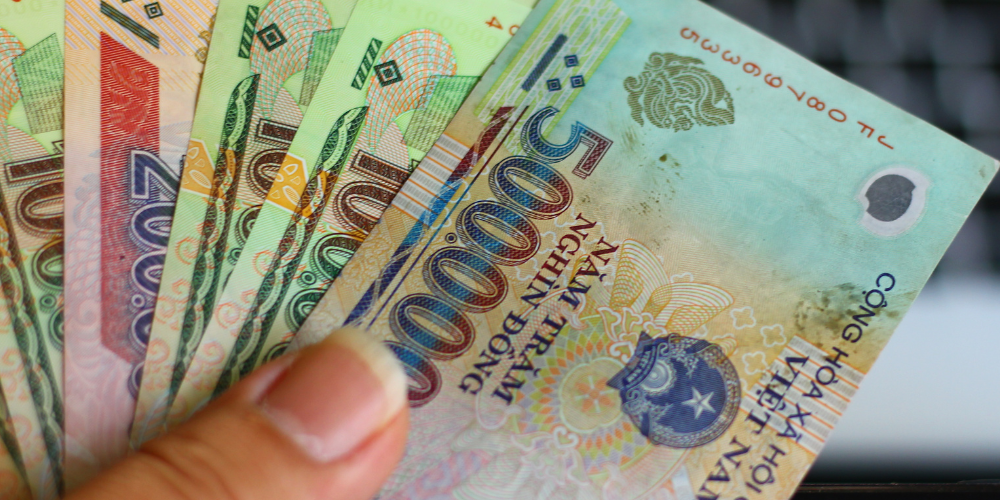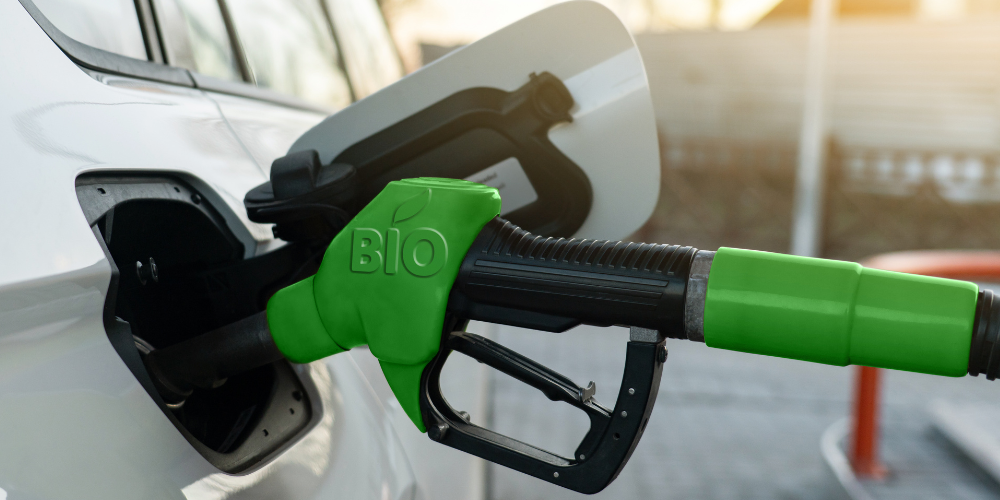Industry Reports
Motorcycles in ASEAN
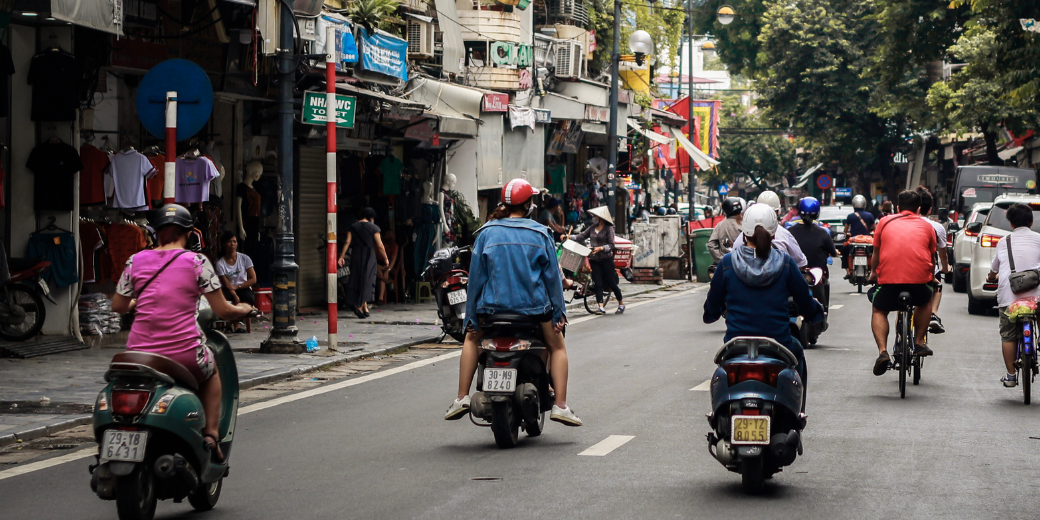
Summary
Discover how ASEAN’s motorcycle market leads in urban transport, with Japanese brands dominating and electrification shaping the future.
Asia Dominates Global Standard Motorcycle Market
| Global Sales Driven by Asia with Stricter Emissions Standards Propel Electrification
The motorcycle industry is characterised by its dual focus on low-end standard motorcycles and high-end luxury models. Asia leads in standard motorcycle sales due to large populations with lower disposable incomes, utilising motorcycles for cost-efficient transportation. In contrast, luxury motorcycles are predominantly popular in developed markets, where higher incomes support demand for premium models designed for sports and recreational activities. Key players like Honda Motor and Hero MotoCorp dominate the standard segment, establishing production bases in Asia to benefit from low costs and tariff reductions.
Global motorcycle sales have rebounded post-pandemic, with Asia accounting for the majority share. The recovery reflects increased demand for affordable transport solutions, particularly in congested urban areas. Meanwhile, European and North American markets have shown steady growth, with motorcycles increasingly used for leisure activities in developed regions.
China leads global motorcycle exports, benefiting from its production capacity and cost advantages. The US is the largest importer, reflecting its demand for a mix of standard and luxury motorcycles. High-end models are predominantly exported from developed markets, while standard motorcycles dominate exports from Asia.
Honda Motor and Yamaha Motor dominate the industry, particularly in the standard segment, while brands like Harley-Davidson and BMW lead in the luxury segment. The concentration reflects the alignment of manufacturers’ regional strategies with market needs, leveraging joint ventures and innovation to maintain competitive edges.
Motorcycles Popular Among Many ASEAN-6 Countries
| Japanese Manufacturers leading the market
The ASEAN motorcycle market demonstrates significant diversity, yet certain themes—urban congestion, affordability, and environmental innovation—connect the region’s dynamics. Dominated by Japanese manufacturers like Honda and Yamaha, the market benefits from their localised production capabilities, extensive distribution networks, and consumer trust. These brands tailor their strategies to specific market needs, from commuter-friendly scooters in Indonesia and Thailand to premium and electric offerings in Vietnam and the Philippines. Across the region, motorcycles remain a primary mode of transport, addressing urban congestion and offering cost-effective solutions, especially in countries like Indonesia, Malaysia, and the Philippines, where infrastructure challenges persist.
| Electric Motorcycles Heavily Supported by Local Governments
Governments across ASEAN are actively promoting the transition to electric motorcycles as part of broader sustainability goals. Incentives such as subsidies, tax breaks, and infrastructure development aim to accelerate adoption, though the electric segment remains in its early stages in most countries. Vietnam has emerged as a leader in this transition, driven by domestic players like VinFast and strong government support, while Indonesia leverages its abundant nickel resources to foster local electric vehicle production. These efforts reflect a growing regional focus on reducing greenhouse gas emissions and embracing eco-friendly transportation.
Trade and export activities further underscore the integration of ASEAN’s motorcycle markets. Countries like Vietnam and Thailand lead in exports, supported by competitive manufacturing bases and low labor costs, while others, like Malaysia, depend heavily on imports from regional suppliers such as Indonesia and China. These trade dynamics are enhanced by ASEAN trade agreements, which streamline supply chains and encourage regional collaboration. Despite market-specific challenges, such as slowing domestic sales in Vietnam or rising competition in the Philippines, the overall trajectory remains one of resilience and adaptability.
Indonesia; Sales Growth Accelerates Post-Pandemic
Indonesia, the third-largest motorcycle market globally, is heavily influenced by urban congestion and inadequate public transportation infrastructure. Motorcycles, including widely used taxi services called Ojeks, offer an effective solution for navigating traffic in cities. Scooters constitute the largest segment within the Indonesian motorcycle market, accounting for the vast majority of domestic sales. Their popularity is due to their fuel efficiency, low maintenance, and simplicity, making them a preferred choice for daily commuting. Lightweight models under 150cc dominate, addressing the needs of cost-sensitive consumers.
Indonesia’s government is actively encouraging the shift to electric motorcycles to reduce greenhouse gas emissions. By 2050, the country aims to phase out non-electric vehicles, supported by incentives such as subsidies, infrastructure development, and local battery production from its abundant nickel resources. Despite these efforts, electric motorcycles currently represent a minimal share of the market.
The Indonesian motorcycle market has shown consistent sales growth over the past three years, supported by the easing of semiconductor shortages and economic recovery post-COVID-19. Anticipated improvements in employment rates and continued urbanisation are expected to sustain this upward trajectory over the medium term.
Exports have experienced a consistent decline since 2021, largely due to competition from emerging local manufacturing in neighbouring ASEAN countries like the Philippines. Free Trade Agreements and demographic similarities between these markets sustain demand for Indonesian motorcycles, despite export reductions.
| High Motorcycle Penetration Dominated by Japanese Manufacturers
With over 95% market share, Japanese manufacturers, led by Astra Honda Motor and Yamaha Indonesia Motor Manufacturing, dominate the Indonesian motorcycle market. Their success stems from strong local production capabilities, expansive distribution networks, and established consumer trust. In addition to ICE motorcycles, a nascent but growing electric segment features competition from both local and foreign players.
Malaysia; High Motorisation and Reliance on Imports
Malaysia has the highest motorcycle motorisation rate among ASEAN-5 nations, despite being a relatively small producer and market in the region. This is driven by motorcycles’ affordability, fuel efficiency, and utility in managing traffic congestion. However, the market is heavily dependent on imports, with the majority sourced from Indonesia and China. These dynamics underline Malaysia’s dual dependence on domestic demand and international supply.
In Malaysia, motorcycles dominate the market over scooters and mopeds, particularly among youth, who value their adaptability, aesthetics, and lower cost. Local production is focused on completely knocked-down (CKD) units for high-demand models, while completely built-up (CBU) imports serve niche markets with lower demand. This strategy aligns production with tax and tariff policies while catering to diverse consumer segments. Malaysia’s National Automotive Policy (NAP 2020) also promotes the production of energy-efficient vehicles (EEVs), including motorcycles, through tax incentives.
Motorcycle production and sales grew substantially in 2022, continuing momentum from the previous year. Increased demand for affordable transportation and recovery from pandemic-related disruptions underpinned this growth. However, early indications in 2023 point to a slowdown, potentially influenced by global economic conditions. The electric motorcycle segment, while still nascent, is gaining traction, supported by tax incentives and infrastructure development.
Motorcycle imports have rebounded since 2020, driven by increasing disposable incomes and a preference for biking activities. The majority of imports come from Indonesia and China, with these countries benefiting from early pandemic recoveries and trade agreements. Exports remain insignificant, highlighting Malaysia’s import-oriented motorcycle market structure.
Japanese manufacturers like Yamaha and Honda maintain a commanding presence in Malaysia through local partnerships. These alliances ensure strong production capabilities, widespread distribution, and brand loyalty. National manufacturer Modenas, supported by government incentives and international collaborations, adds local competition to the market.
Boon Siew Honda leads with diversified offerings, including EEV-certified motorcycles, while Hong Leong Yamaha targets premium segments. Modenas leverages partnerships to expand its portfolio and market presence. These strategies illustrate a focus on segmentation and innovation to address evolving consumer needs and regulatory shifts.
Philippines; Emerging Market with Significant Growth Potential
The Philippines remains an emerging motorcycle market within ASEAN, ranking low in production and sales compared to its peers but showcasing strong growth potential. Motorcycles are widely adopted due to their affordability and convenience in navigating congested roads. Despite a low penetration rate, they dominate as the most preferred mode of transport, driven by affordable financing schemes and their cost-effectiveness for the masses.
With mandates for Euro-3 compliant motorcycles and a focus on replacing pollutant-emitting two-stroke engines, the government is promoting electric motorcycles as an eco-friendly alternative. Early efforts, such as the locally designed Agila electric motorcycle, highlight the industry’s gradual transition toward sustainable practices, despite targeting a niche market.
The Philippine motorcycle market displayed resilience during the pandemic, with demand driven by delivery services and limited public transport options. Pre-pandemic growth was fuelled by favourable economic factors, including rising disposable incomes and tax reforms that shifted consumer preferences towards motorcycles as a cheaper alternative to motor vehicles. The market is poised for recovery, supported by government campaigns and increasing demand for small-capacity motorcycles.
Motorcycle imports surged before the pandemic, benefiting from ASEAN trade agreements that enabled preferential tariffs. Indonesia remains the largest import partner, reflecting regional supply chain integration. While exports remain small, incentives for local production aim to reduce import reliance and boost the competitiveness of Philippine manufacturers in export markets.
| Foreign Dominance Through Joint Ventures
The Philippine motorcycle market is fragmented, with Japanese brands like Honda, Yamaha, and Suzuki dominating through partnerships with local conglomerates. Associations like MDPPA and CHAMMP represent industry stakeholders, with initiatives to enhance local manufacturing and competitiveness. Joint ventures, such as Ayala Corporation’s partnership with KTM, further strengthen the sector’s export and production capabilities.
Honda Philippines leads the market, appealing to young consumers with innovative models featuring smart technology. Yamaha targets premium segments, while Suzuki focuses on capacity expansion. Kawasaki caters to the tricycle market, capitalising on cost-efficient models for both domestic and export purposes. These strategies reflect a focus on segmentation and aligning products with local market needs.
Thailand; Market Boasts Robust Growth and Leading Production
Thailand is one of the largest motorcycle producers in ASEAN, primarily serving domestic needs. However, motorcycle ownership per capita lags behind neighbouring Vietnam and Indonesia. The industry benefits from a strong manufacturing base led by Japanese companies, catering to both family-oriented commuter motorcycles and luxury recreational models. The domestic market accounts for the majority of production, complemented by exports to key global markets.
The Thai government supports the motorcycle industry through tax incentives and a strategic master plan for electric vehicle (EV) development. This initiative aims to position Thailand as ASEAN’s centre for next-generation zero-emission vehicle production by 2035, including electric motorcycles. The plan aligns with global trends toward electrification, fostering new entrants and innovation in the EV sector.
Thailand’s motorcycle market rebounded strongly between 2021 and 2023, regaining pre-pandemic levels. Domestic sales and production were driven by commuter motorcycles, which dominate the market. The sports motorcycle segment also showed significant growth, reflecting changing consumer preferences. Historical fluctuations in production were tied to economic conditions, particularly in rural areas.
While Thailand remains a net exporter of motorcycles, export values dipped in 2023 due to weaker demand in key markets like Belgium, China, and the US. However, imports from Vietnam and Indonesia grew, leveraging their cost-efficient production capabilities. These trends highlight Thailand’s position within the regional motorcycle supply chain, balancing export strengths with reliance on imports.
Japanese manufacturers, led by Thai Honda and Thai Yamaha Motor, command over 87% of production capacity. Honda is the dominant market leader, supported by extensive local production and strong brand recognition. Emerging EV startups, both local and international, add dynamism to the competitive landscape, aligning with government-backed electrification goals.
Vietnam; A Global Manufacturing Hub with Rapid Electric Motorcycles Growth
Vietnam is the fourth-largest global motorcycle producer, driven by strong domestic demand and favourable conditions for foreign investment. Dominated by Japanese brands, the industry benefits from significant localisation, with over 90% of parts sourced domestically for major manufacturers like Honda. Vietnam also leads ASEAN in motorcycle penetration, with ownership rates far exceeding regional counterparts, supported by affordability and efficiency in urban environments.
The Vietnamese motorcycle market is experiencing early saturation, with domestic sales declining due to high ownership rates and competition from the growing automobile sector. Rising incomes and economic growth have facilitated a shift towards cars, although motorcycles remain essential in densely populated areas.
As domestic demand slows, Vietnam’s motorcycle industry is increasingly export-oriented, with exports growing steadily over the past decade. Key destinations include Thailand, Togo, and Italy, highlighting Vietnam’s role as a competitive production hub within ASEAN, leveraging low labour costs and strong manufacturing capabilities.
Vietnam has emerged as a leader in ASEAN’s electric motorcycle market, driven by rising environmental awareness and supportive policies. The government’s ambitious goals to phase out fossil-fuel vehicles by 2040 have spurred investments in electric models. Domestic players like VinFast lead the segment, catering to a growing consumer base seeking eco-friendly transportation options.
The market is highly oligopolistic, with Honda controlling a significant majority share, followed by Yamaha and other international players. Honda’s dominance is underpinned by economies of scale, price-competitive products, and extensive localisation. Meanwhile, domestic manufacturers like VinFast are disrupting the market with innovative electric models.
Source: Compiled by Uzabase based on various sources
Elevate Your Market Research – Get Started with a Free Trial Now
In just five minutes, readers can gain a comprehensive understanding of global and ASEAN-6 market trends. Our Speeda platform provides extensive coverage of over 560 industries, supported by data from 10 million public and private companies, equips you with the insights you need to streamline research, optimise strategic planning, and drive informed decisions.
Take your research efficiency to the next level by signing up for a free trial today. Sign up now to access more detailed reports and tools that can transform your approach to market analysis.


